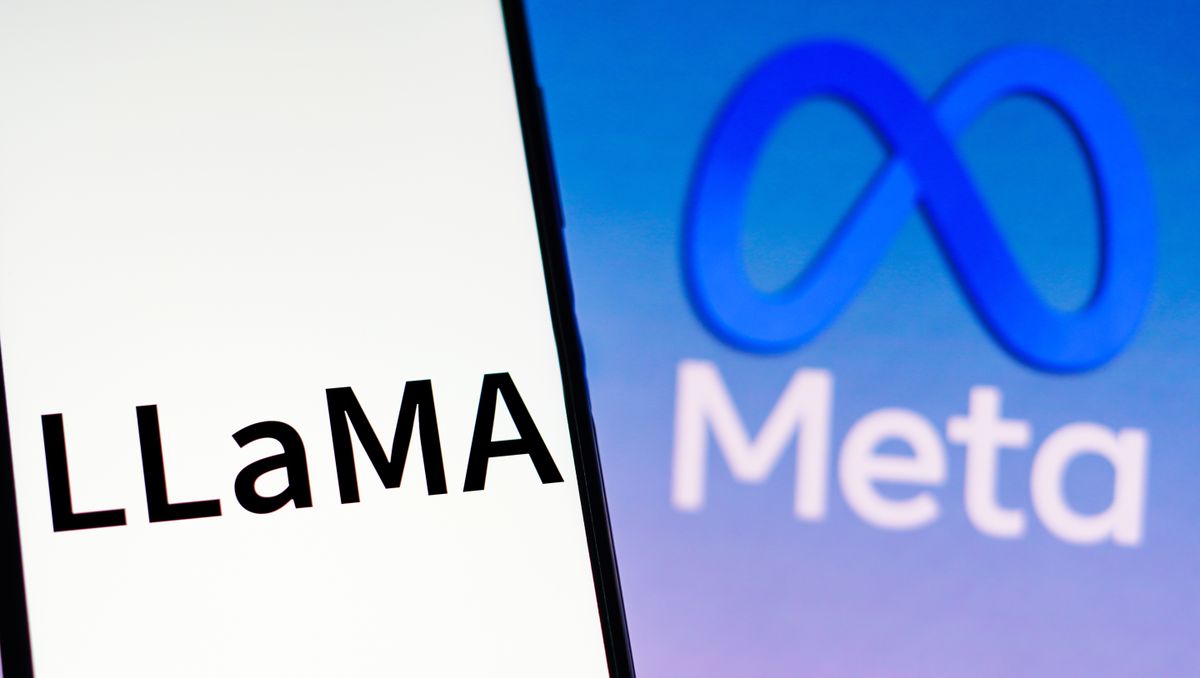
Llama 4 will be Meta's next-generation AI model — here's what to expect
- 20.03.2025 06:22
- tomsguide.com
- Keywords: danger, success
Meta's upcoming Llama 4 AI model is expected to feature advanced capabilities, including web browser integration and significant performance improvements. Mark Zuckerberg revealed that training Llama 4 will require 10 times more compute power than Llama 3, with Meta investing heavily in AI infrastructure to stay ahead of competitors like Alphabet and OpenAI.